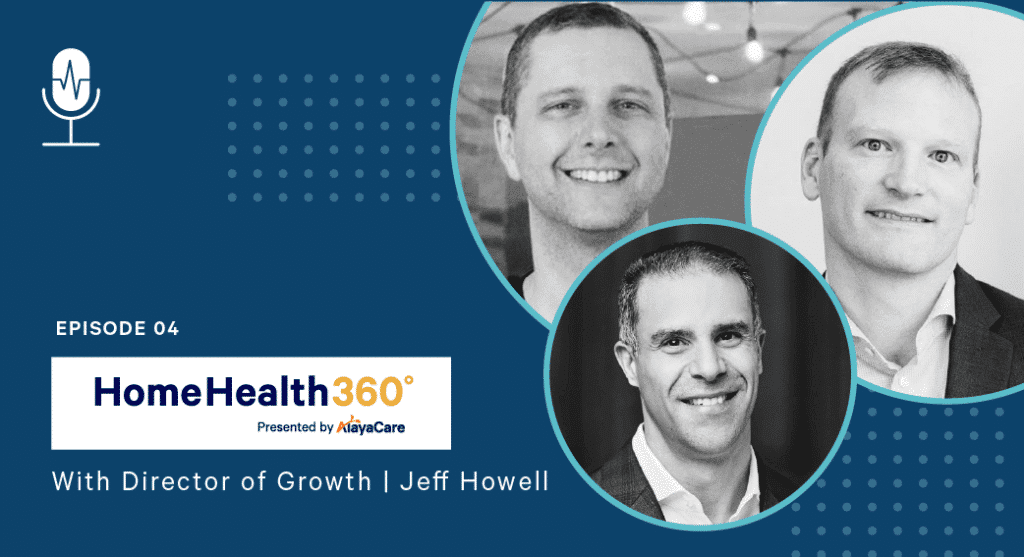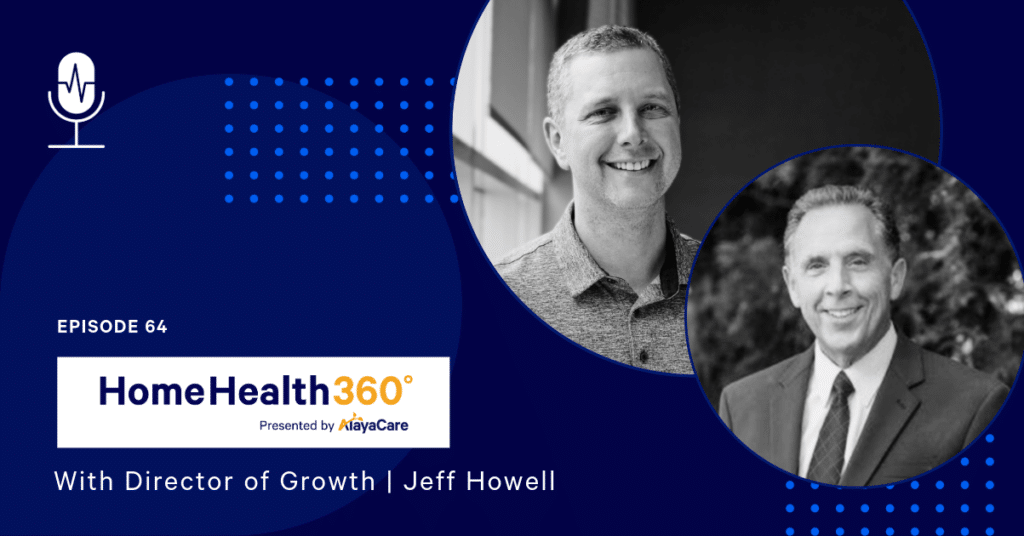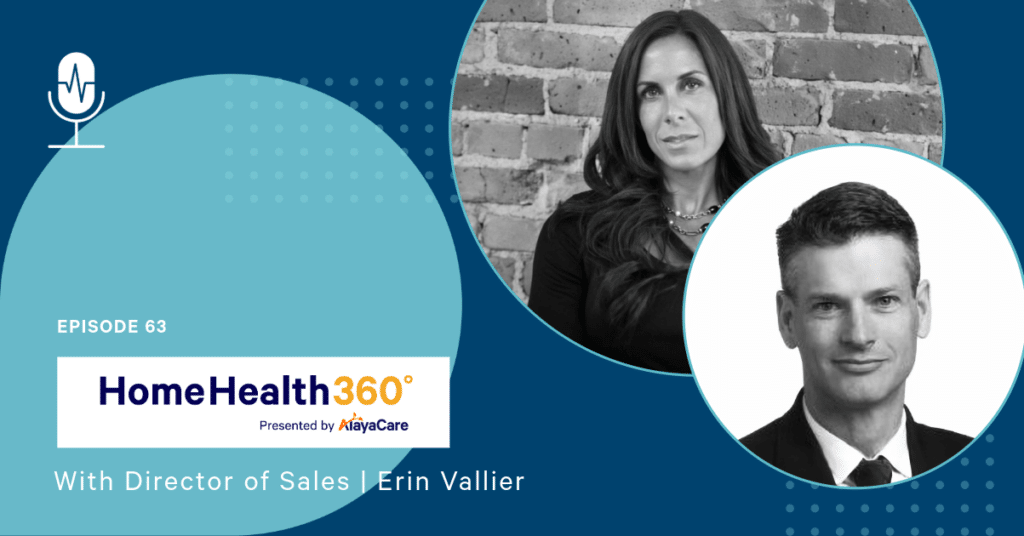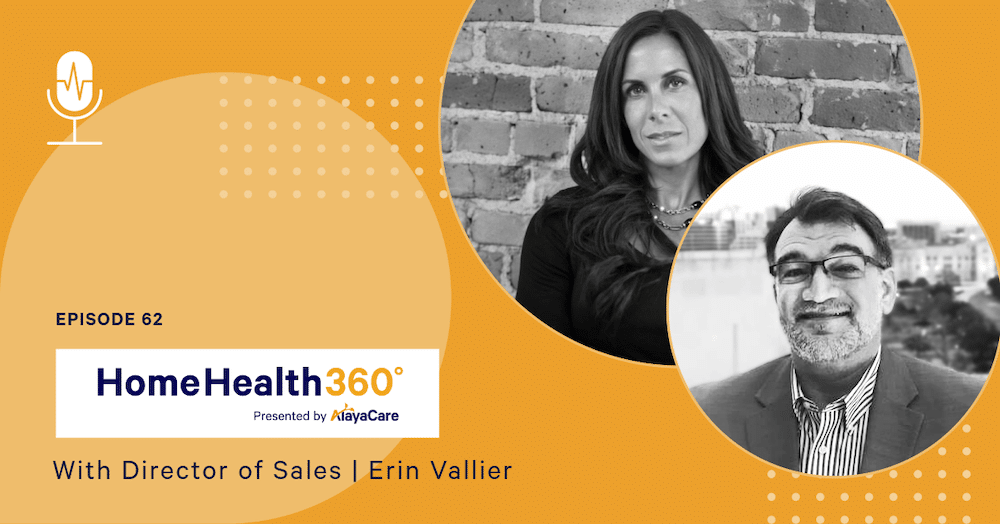Episode Description
Dr. Joseph Jasser, Chief Medical Officer at Elara Caring and Adrian Schauer, CEO of AlayaCare team up to talk about the approaches to home health different countries have after the pandemic.
How did Australia, Canada, and the U.S all handle home health differently with COVID-19? What kind of technology is being more widely used in the home in this new world? What does the future of home health look like with greater technology adoption? Adrian, Joseph, and our host, Jeff Howell get into all of these questions and more.



